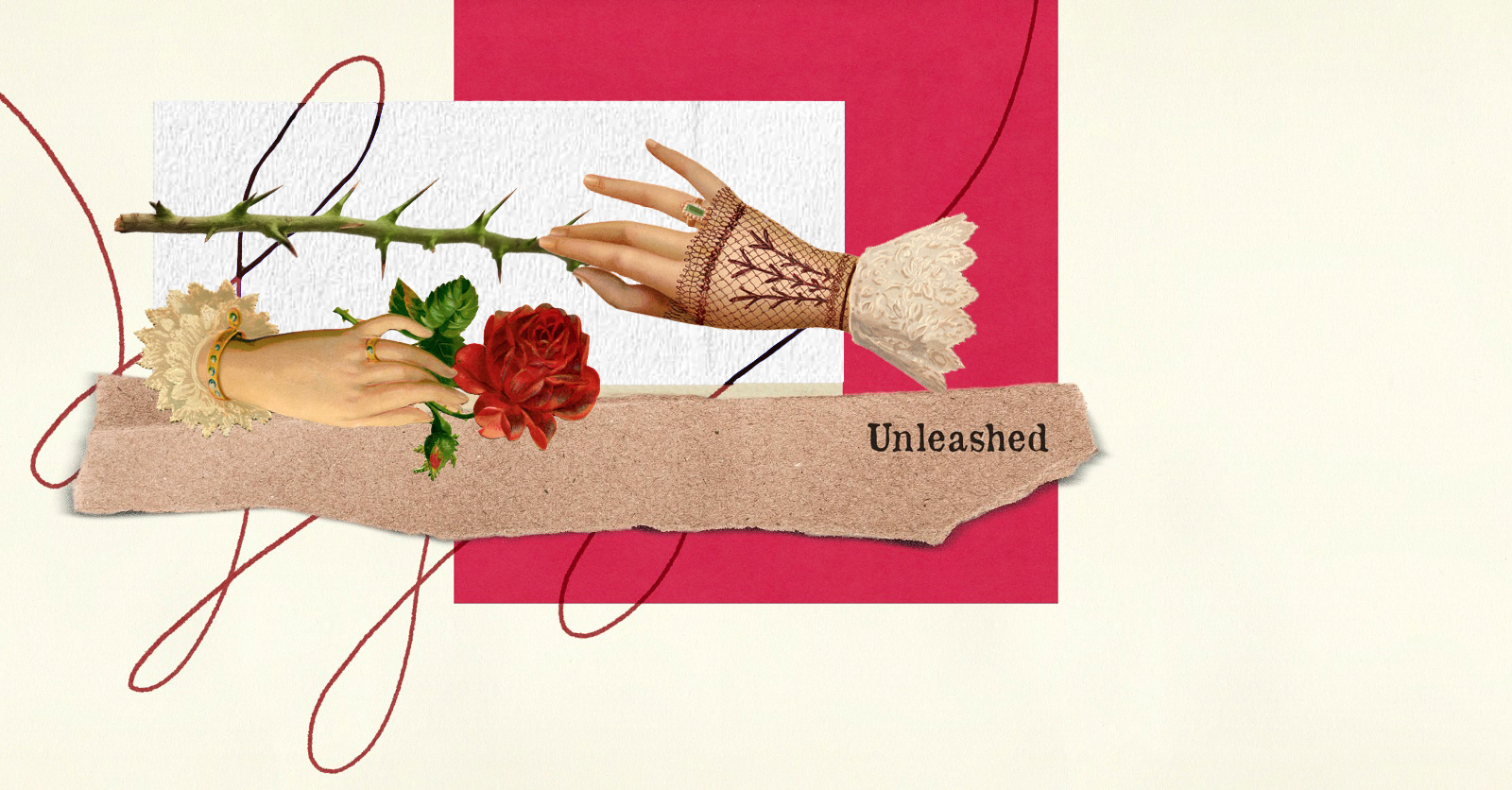

The Armenian family dining excursions I grew up with were dramatic displays of hospitality, each culminating in a feisty contest over the bill. The table, always lavishly strewn with more dishes than necessary, set the stage for the inevitable commotion as the check arrived. This ritual often escalated into loud, boisterous debates, with relatives engaging in near shouting matches, each fiercely vying to pay. In a maneuver we affectionately dubbed the “bathroom move,” my parents would occasionally slip away to discreetly settle the bill, sparking further uproar upon their return. The winner emerged triumphant, while the “loser,” deprived of paying, launched into a passionate tirade about why it should have been them.
Such vibrant expressions of hospitality are certainly not unique to Armenians and are indeed embedded in many cultures where generosity is not just a practice but a point of pride. Most Middle Eastern cultures display the same remarkable generosity and are renowned for their extraordinary hospitality, where paying for others, especially guests, is a celebrated sign of respect and care. Similarly, in China, Taiwan, and India, it is customary for the host or the eldest at the table to handle the bill, with any refusal often seen as rude or undermining the host’s ability to provide for guests. In Japan, it is traditional for the most senior person to pay, reflecting the values of honor and duty deeply embedded in social etiquette.
By contrast, many Western societies adopt a more reserved approach to generosity, focusing more on individual responsibility than collective hospitality. For instance, in the Netherlands and Germany, the widespread practice of splitting the bill indicates a preference for equality and financial independence. In North America, this custom is also common and often called “Going Dutch”, where people typically share the cost of dining out, though exceptions may occur during special occasions or within professional settings. In the UK, while informal outings may see the bill split among participants, more formal events usually have the host covering the expenses.
Adapting to these varying norms can be challenging. Raised in a tradition where picking up the tab is both a gesture of care and a social expectation, I have often found myself at odds with the customs of more individualistic societies. In places where splitting the bill is the standard, my instinctive offers to pay can lead to confusion and sometimes strained relations, particularly when such gestures are never reciprocated. Finding a balance that respects both my values and the norms of my surrounding environment is a delicate, ongoing process. This is to prevent generosity from becoming a burden, ensuring that the act of giving remains a joy and not a source of disappointment.
But the challenge for me isn’t just a matter of differing cultural practices; it also involves confronting my own discomfort with splitting bills, or receiving gifts, love, compliments, or anything in general. It’s about learning to navigate and respect these different practices while also addressing my own ingrained reluctance to let others contribute. This internal conflict often leaves me grappling with feelings of guilt when I’m on the receiving end. Which is why mastering the art of receiving is a necessary component of cultivating the give-and-take that true reciprocity demands. And reciprocation doesn’t always have to match exactly in form or measure, but in a balanced relationship, each party should feel that their generosity is acknowledged and valued in some meaningful way.
Because if you’re also a giver by nature, it’s a double whammy—you can quickly find yourself being taken advantage of by those who are more inclined to take. Givers and takers are roles that often extend into emotional and other interpersonal exchanges. A giver tends to contribute more in relationships, providing support and resources without expectation, while a taker often accepts these offerings without reciprocating. This imbalance doesn’t just affect the wallet—it can drain emotional energy and create one-sided relationships.
One of the most important lessons I’ve learned—and am still learning—is that as a giver, especially in relationships, it’s essential to connect with other givers. While the natural inclination might be to gravitate towards a taker, true happiness and balance are found with someone who also knows how to give. However, for givers to thrive together, they must also embrace the art of receiving. Learning to accept from others can be as vital as offering, ensuring a harmonious and mutually supportive relationship. By sticking to other givers, who often also struggle with receiving, givers can teach each other how to accept love, kindness and generosity.
The lessons I learned at those noisy, joyous Armenian dining tables extend far beyond who pays the bill. The spirited debates and the “bathroom moves” were about the expression of love and the bonds it reinforces, which is why I find it so hard to resist the urge to fight for the bill when I’m with people who grew up differently. Ultimately though, whether we’re offering or accepting generosity, what matters most is the intention behind the gesture and the relationships it nurtures. This cycle of give and take, challenging yet enriching, is what binds us across all cultures and personal interactions, making each meal, each gesture, and each exchange so uniquely special.
Listen to Sheila’s personal reading of “Give and Take”.

Sheila Paylan is an international human rights lawyer and former legal advisor to the United Nations. Now based in Yerevan, she regularly consults for a variety of international organizations, NGOs, think tanks, and governments.

